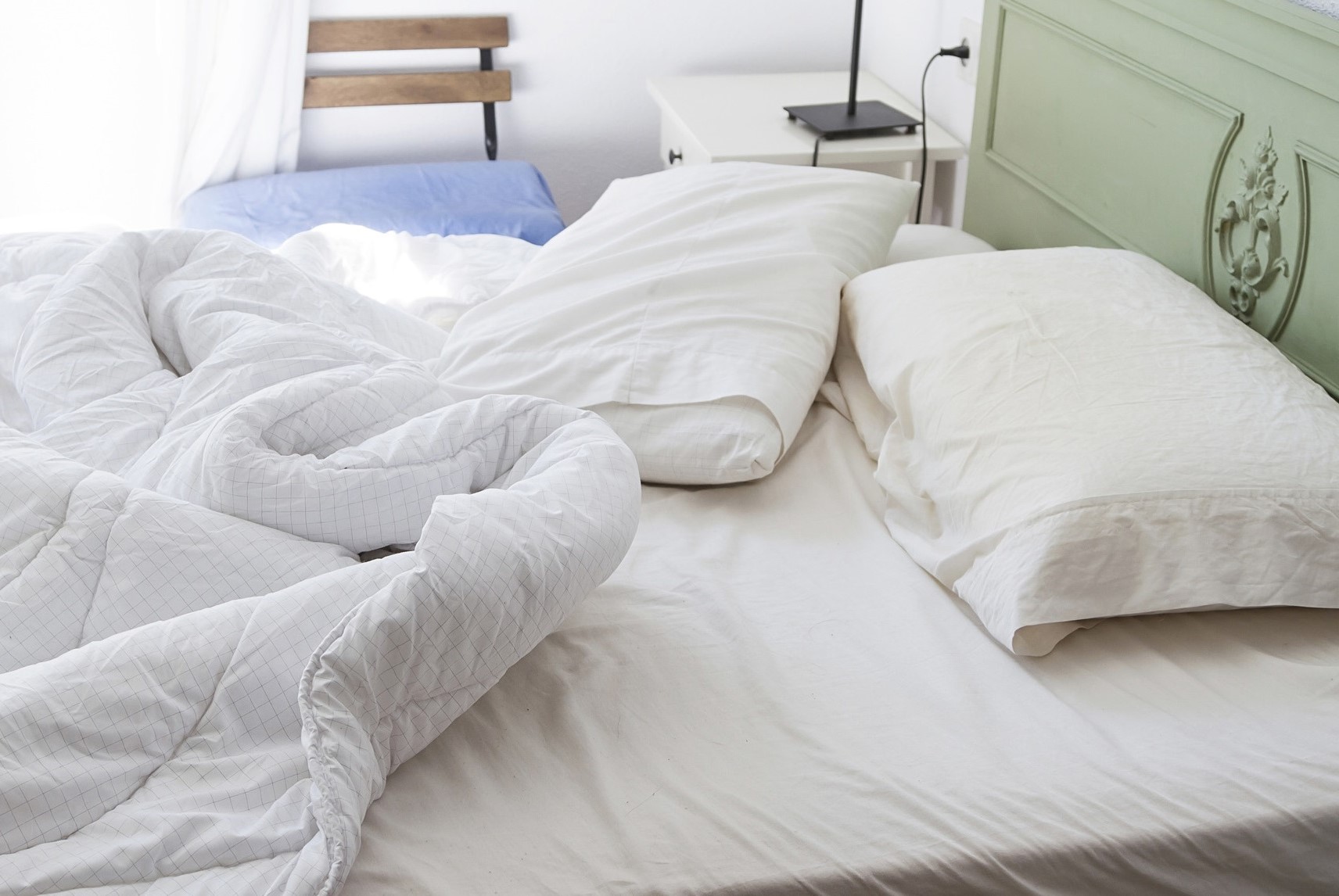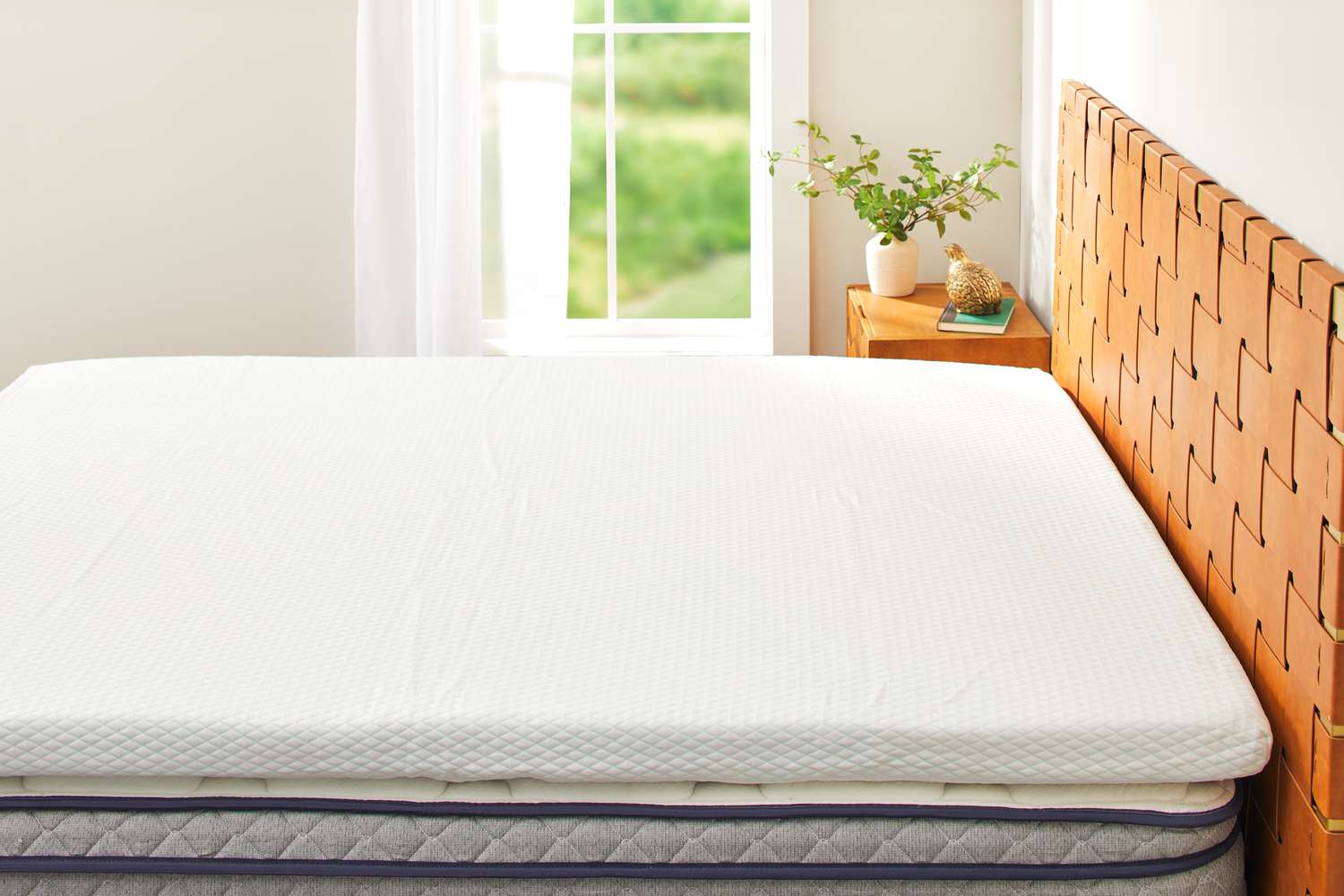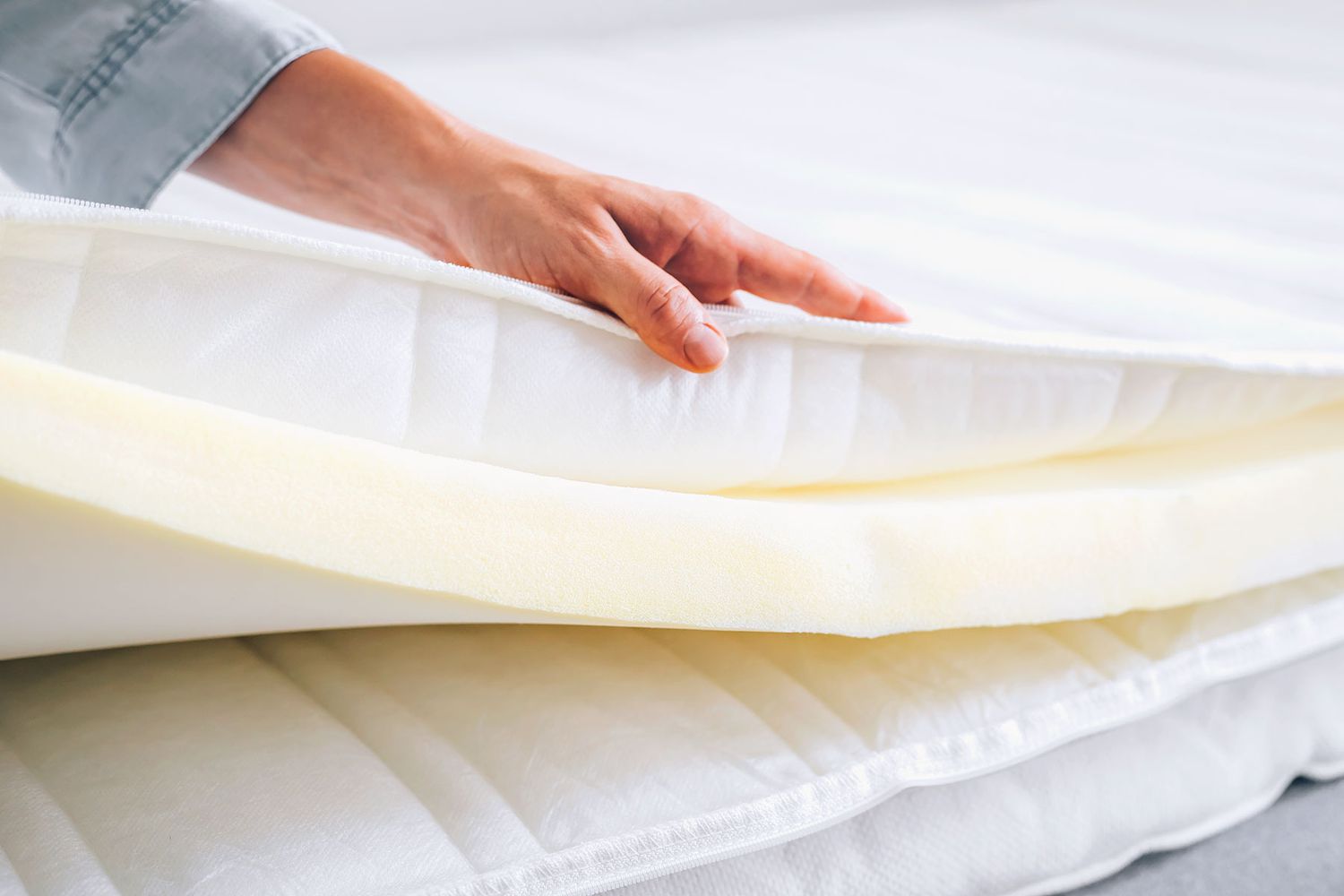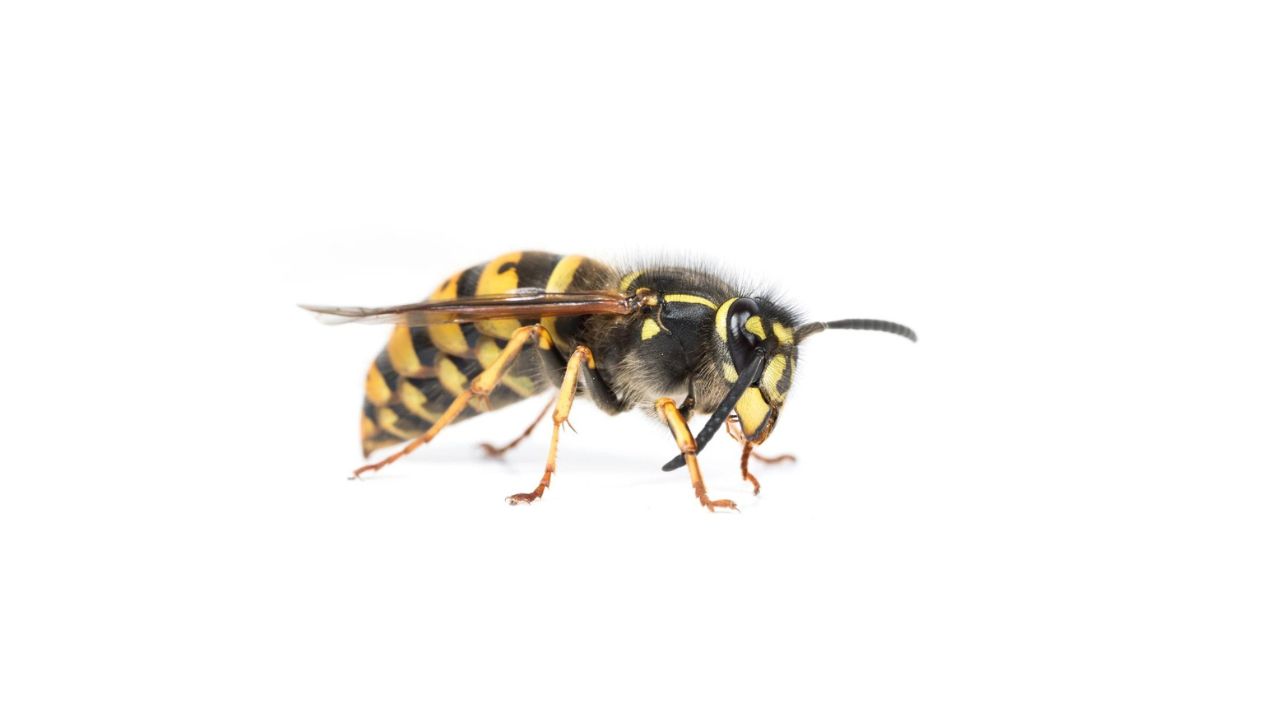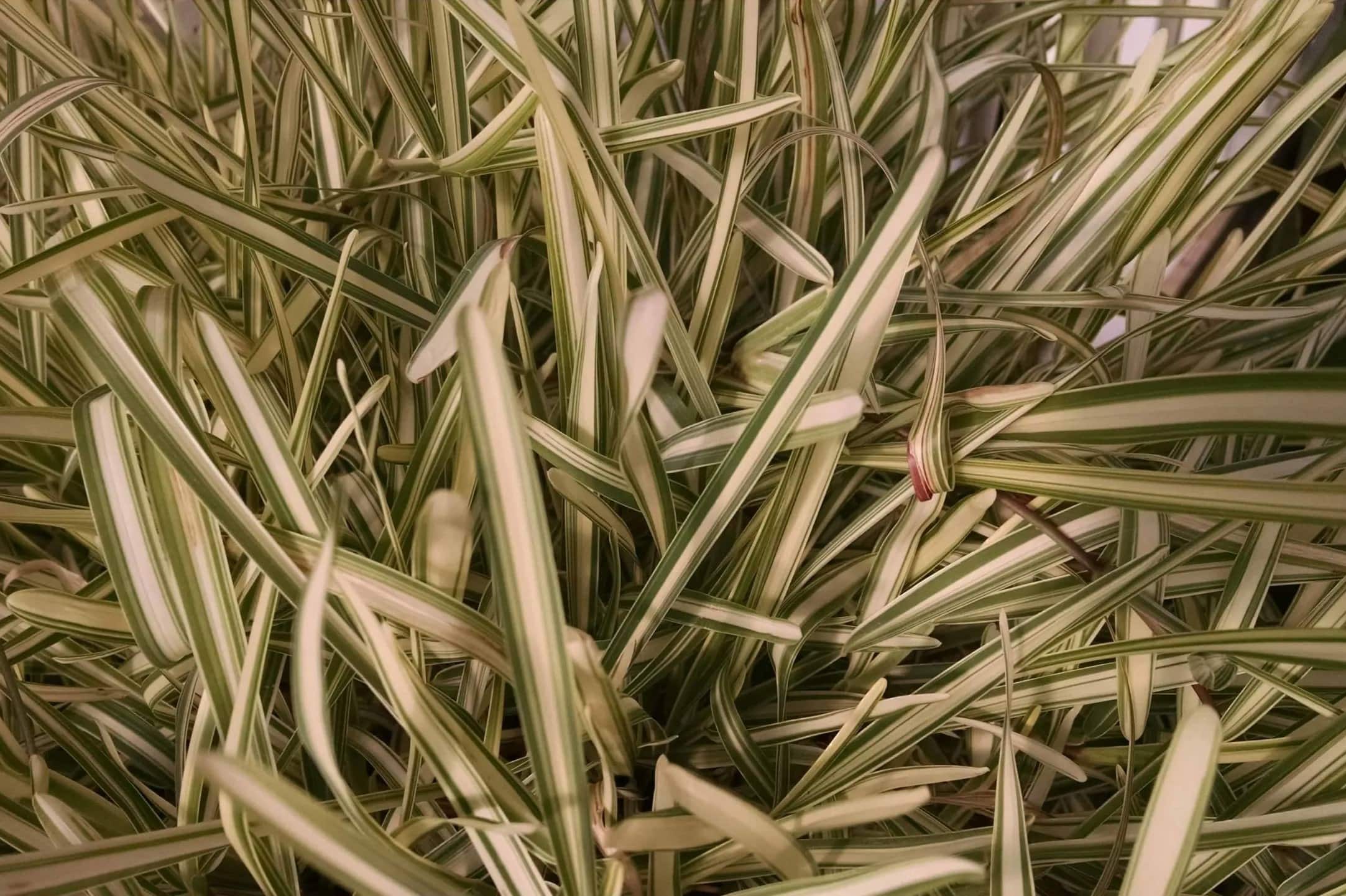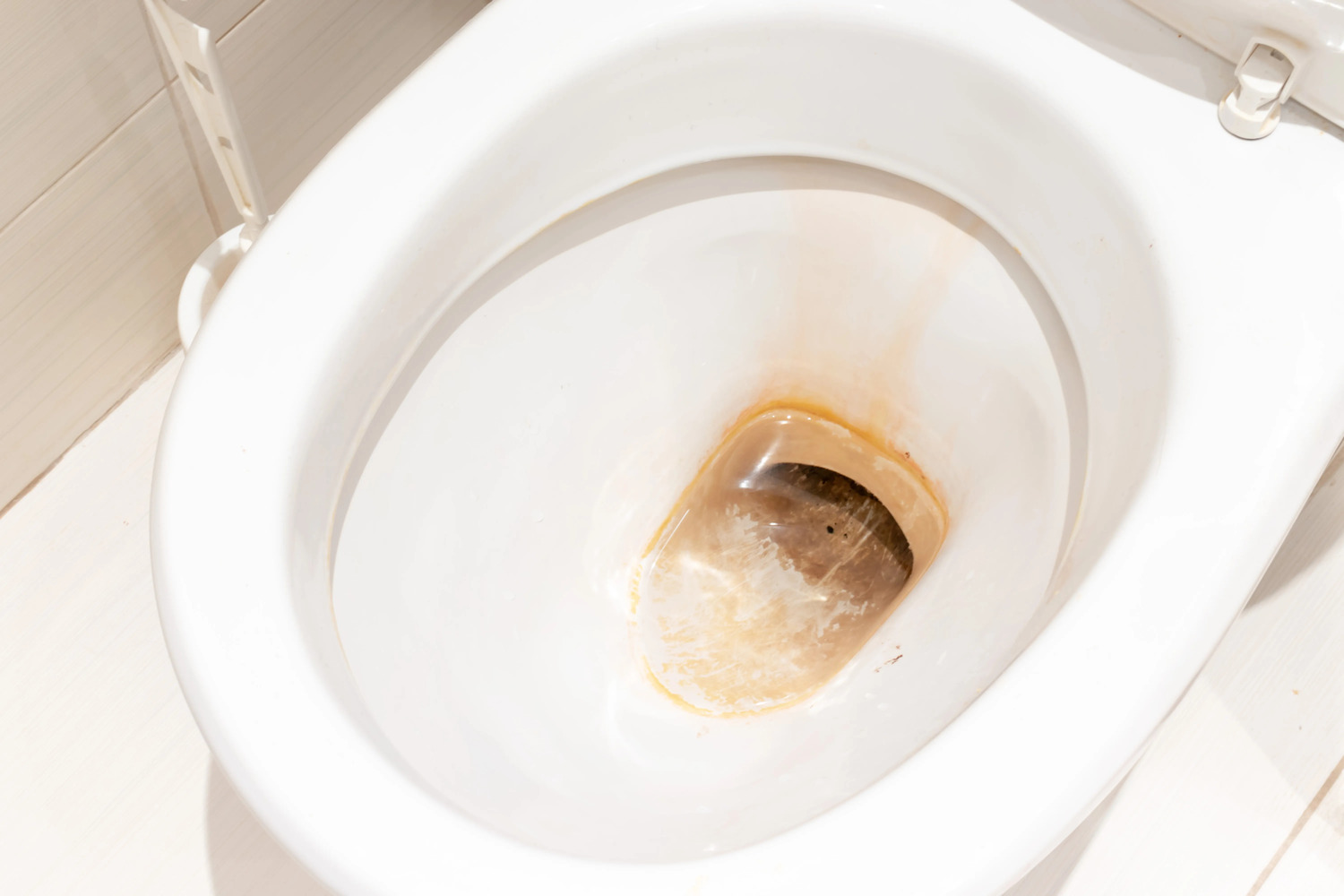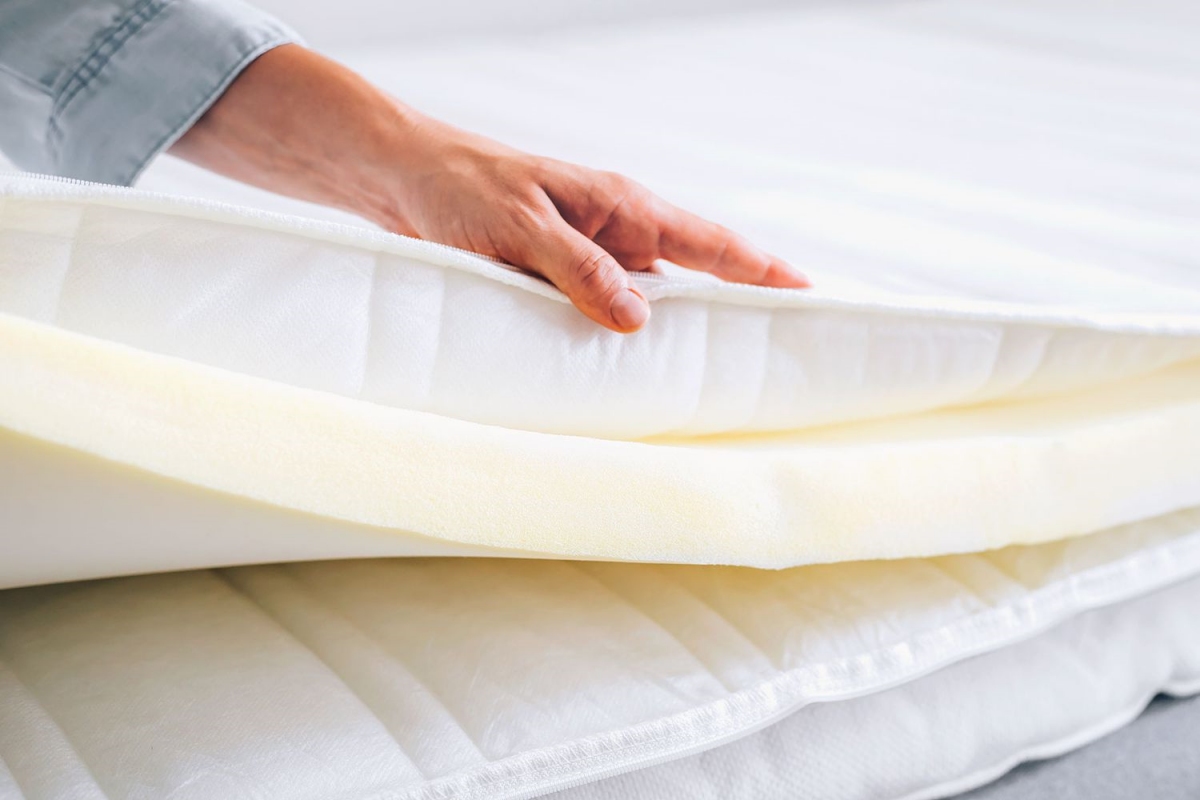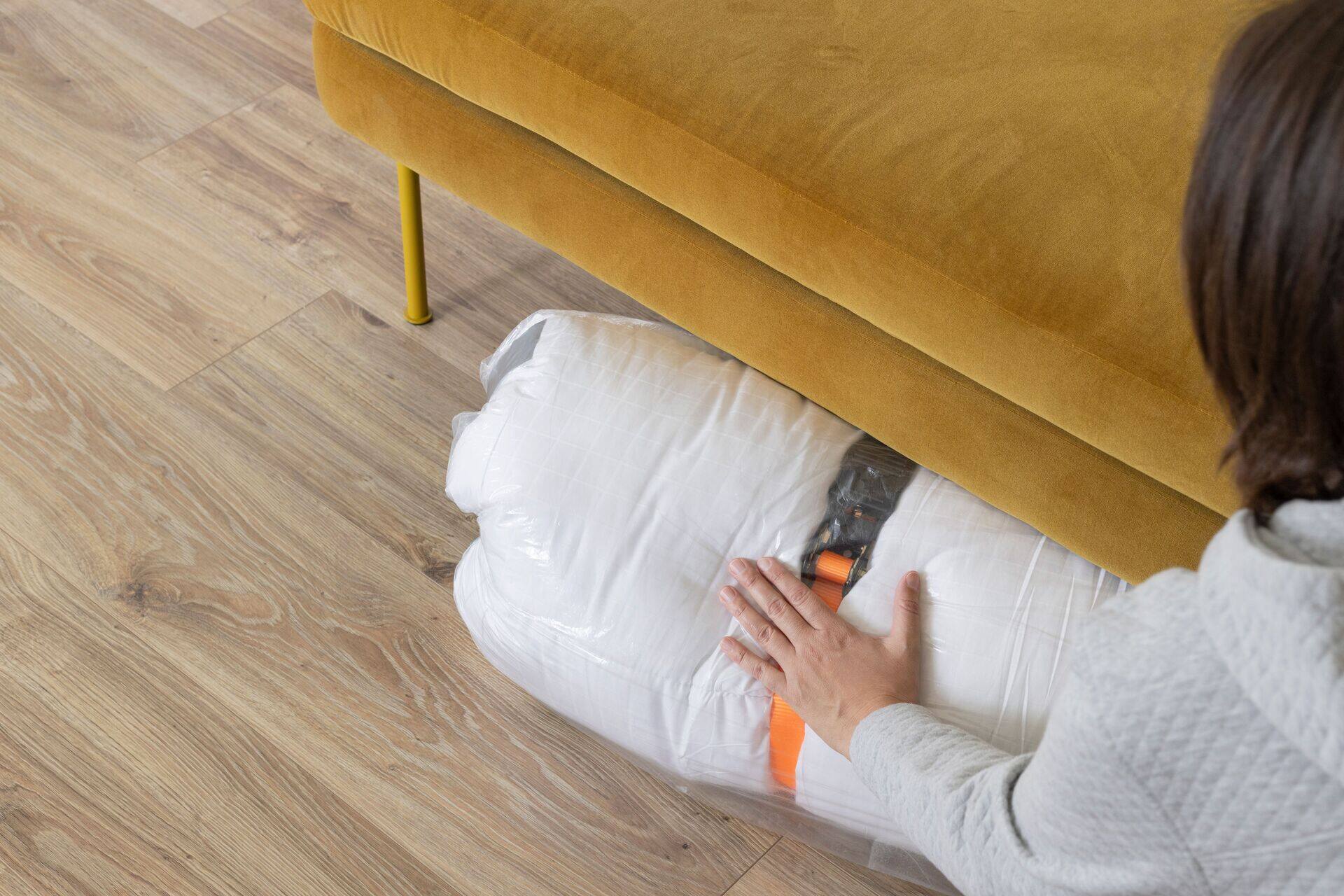Home>Furniture>Bedroom Furniture>Why Do Mattress Toppers Turn Yellow
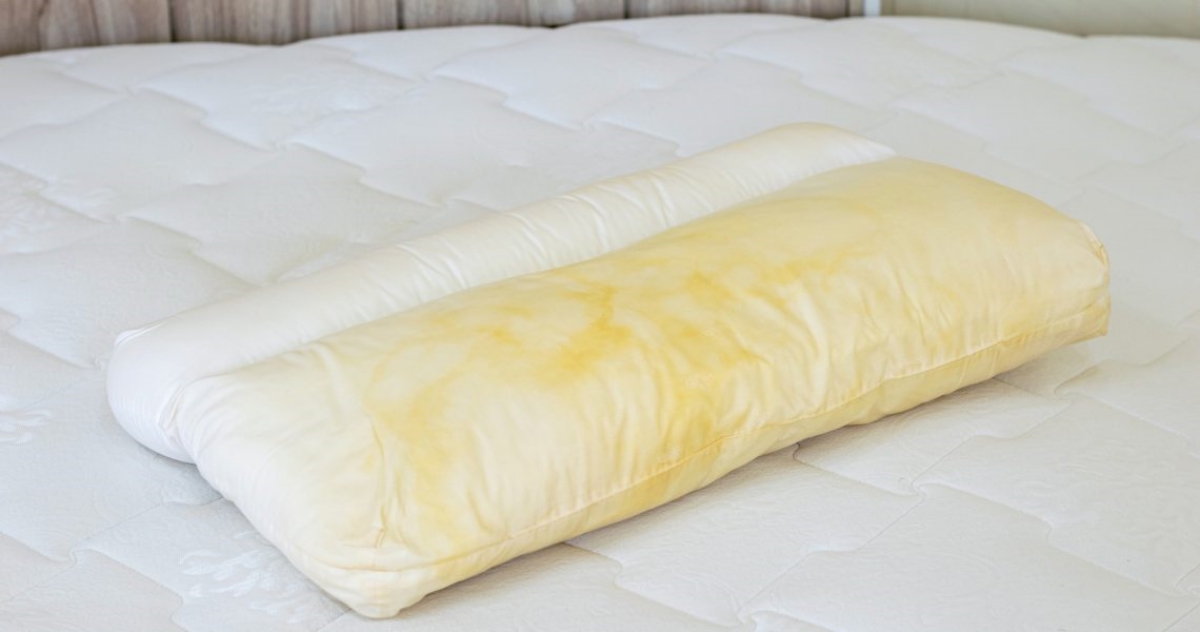

Bedroom Furniture
Why Do Mattress Toppers Turn Yellow
Modified: January 9, 2024
Discover why mattress toppers turn yellow and how to prevent it. Explore our range of bedroom furniture for a better night's sleep.
(Many of the links in this article redirect to a specific reviewed product. Your purchase of these products through affiliate links helps to generate commission for Storables.com, at no extra cost. Learn more)
Introduction
When it comes to bedding, one of the essential components to ensure a good night’s sleep is a high-quality mattress topper. However, over time, you may notice that your once pristine mattress topper has started to develop a yellowish hue. This can be quite concerning, as you want your bedding to look and feel clean and fresh. But why do mattress toppers turn yellow?
There are several factors that can contribute to the yellowing of mattress toppers, both natural and synthetic. Understanding these reasons can help you prevent yellowing and prolong the lifespan of your mattress topper. Additionally, knowing how to clean and remove yellow stains from your mattress topper can help restore its original appearance. In this article, we will explore the various causes of yellowing and provide tips to keep your mattress topper looking its best.
Key Takeaways:
- Keep your mattress topper looking fresh by using a waterproof protector, washing bedding regularly, and minimizing UV exposure to prevent yellowing from body oils, sweat, and dust accumulation.
- Act promptly to pre-treat and clean yellow stains on your mattress topper using mild detergent and warm water, followed by thorough drying to maintain its appearance and extend its lifespan.
Read more: Why Do My Pillows Turn Yellow
What Causes Mattress Toppers to Turn Yellow
There are several reasons why mattress toppers may develop a yellow tinge over time. These reasons can be categorized into natural and synthetic causes. Let’s explore each of these factors in more detail:
Natural Reasons for Yellowing
- Body Oils and Sweat: When we sleep, our bodies naturally produce oils and sweat. Over time, these substances can seep into the mattress topper and cause discoloration.
- Dead Skin Cells: As we sleep, we shed dead skin cells. These skin cells can accumulate on the mattress topper, leading to yellowing.
- Dust and Allergens: Dust, pollen, and other allergens can settle onto the mattress topper. Over time, these particles can contribute to discoloration.
Synthetic Reasons for Yellowing
- Chemical Reactions: Some mattress toppers may undergo chemical reactions with other substances present in the environment, such as cleaning products or certain fabrics. These reactions can cause yellowing.
- UV Exposure: Continuous exposure to sunlight can cause the materials in the mattress topper to break down and change color.
- Aging and Wear: With regular use, the materials in the mattress topper may naturally deteriorate and lead to yellowing.
It’s important to note that the extent of yellowing may vary depending on the quality of the mattress topper and the maintenance practices employed. However, by understanding the causes of yellowing, you can take proactive steps to prevent or minimize discoloration.
In the following sections, we will provide valuable tips to prevent yellowing and protect your mattress topper from stains and discoloration.
Natural Reasons for Yellowing
While it may be frustrating to see your mattress topper turn yellow, there are natural factors that can contribute to this discoloration. Understanding these reasons can help you implement preventive measures and keep your mattress topper looking fresh and clean. Here are some natural reasons for yellowing:
Read more: Why Buy A Mattress Topper
Body Oils and Sweat:
When we sleep, our bodies naturally produce oils and sweat. While mattress toppers are designed to protect the mattress, they can still absorb some of these bodily fluids over time. The oils and sweat can gradually accumulate on the surface of the topper, resulting in a yellowish hue. The more we perspire during sleep, the higher the likelihood of yellowing.
Dead Skin Cells:
As we sleep, our bodies shed dead skin cells. These skin cells can easily accumulate on the surface of the mattress topper, especially if we don’t regularly clean or replace it. Over time, these dead skin cells can interact with oils, sweat, and other substances, leading to discoloration and a yellowish appearance.
Dust and Allergens:
Dust, pollen, and other allergens are constantly present in our environment. They can make their way onto the bed and settle on the mattress topper. As these particles accumulate, they can cause discoloration over time. Additionally, if you have allergies, your body’s immune response to these allergens can produce enzymes that further contribute to yellowing.
UV Exposure:
While the primary purpose of a mattress topper is to provide comfort and protection, it is still exposed to sunlight if your bedroom has ample natural light. Continuous exposure to UV rays can cause the materials in the topper to deteriorate and change color. This can result in yellowing or an overall faded appearance.
It’s important to note that these natural reasons for yellowing can vary in intensity, depending on factors such as personal body chemistry, sleep habits, and environmental conditions. However, by being proactive and implementing preventive measures, you can minimize or even eliminate the yellowing of your mattress topper.
In the next section, we will explore some effective tips to prevent yellowing and maintain the pristine appearance of your mattress topper.
Read more: Why Grass Turning Yellow
Synthetic Reasons for Yellowing
In addition to natural factors, there are certain synthetic causes that can contribute to the yellowing of mattress toppers. Understanding these reasons can help you take necessary precautions to prevent discoloration and maintain the visual appeal of your bedding. Here are some common synthetic reasons for yellowing:
Chemical Reactions:
Some cleaning products, fabrics, or even certain substances present in the environment can react with the materials of the mattress topper. These chemical reactions can alter the color of the topper, causing it to turn yellow. For example, if you use a cleaning solution that contains bleach or harsh chemicals, it can interact with the topper’s fabric or foam, resulting in discoloration.
UV Exposure:
Exposure to ultraviolet (UV) rays can have a detrimental effect on the materials used in mattress toppers. Over time, continuous exposure to sunlight can cause the topper’s fibers or foam to break down and change color. This can lead to yellowing or even a faded appearance. If your bedroom receives a lot of natural light, consider using curtains or blinds to minimize UV exposure to your mattress topper.
Aging and Wear:
With regular use, mattress toppers naturally undergo wear and tear. The materials may degrade over time, resulting in a change in color or yellowing. Factors such as the quality of the topper and the frequency of use can influence the speed at which yellowing occurs. Additionally, improper care and maintenance, such as infrequent cleaning or exposure to excessive moisture, can accelerate the aging process and contribute to discoloration.
It’s important to note that the extent and rate of yellowing due to synthetic reasons can vary depending on the quality of the mattress topper and environmental conditions. By taking preventive measures and properly caring for your topper, you can minimize the effects of these synthetic factors and prolong the lifespan of your bedding.
In the next section, we will provide valuable tips to prevent yellowing and discuss how to effectively clean and remove yellow stains from mattress toppers.
Read more: Why Is My Pillowcase Turning Yellow
Tips to Prevent Yellowing of Mattress Toppers
Prevention is key when it comes to maintaining the appearance and prolonging the lifespan of your mattress topper. By following these helpful tips, you can prevent or minimize yellowing and keep your bedding looking fresh and clean:
Use a Mattress Protector:
Invest in a high-quality, waterproof mattress protector that fits securely over your mattress topper. This will act as a barrier, protecting the topper from sweat, oils, and spills. Make sure to choose a protector that is breathable and allows for proper air circulation to prevent moisture buildup.
Wash Bedding Regularly:
Regularly wash your sheets, pillowcases, and mattress protector to prevent the buildup of oils, sweat, and dead skin cells. Use a gentle, hypoallergenic laundry detergent and follow the care instructions provided by the manufacturer. This will help keep your bedding clean and minimize the transfer of contaminants to the mattress topper.
Rotate and Flip the Mattress Topper:
Every few months, rotate or flip your mattress topper to distribute the weight and pressure evenly. This will help prevent excessive wear and tear in specific areas, reducing the likelihood of yellowing or discoloration in those spots.
Read more: What Does A Mattress Topper Do
Keep Your Bedroom Clean and Dust-Free:
Vacuum and dust your bedroom regularly to minimize the accumulation of dust, pollen, and other allergens. Use a vacuum cleaner with a HEPA filter to effectively remove these particles from your bedroom environment. By keeping your bedroom clean and reducing allergens, you can prevent them from settling onto your mattress topper and causing yellowing.
Minimize Exposure to Sunlight:
UV rays from sunlight can cause the materials in your mattress topper to degrade and change color. To prevent yellowing, avoid placing your mattress topper in direct sunlight or in areas with excessive UV exposure. If possible, use curtains or blinds to block out sunlight and protect your bedding from harmful rays.
Practice Regular Cleaning:
Follow the manufacturer’s guidelines for cleaning your mattress topper. Some toppers may be machine washable, while others may require spot cleaning. When cleaning, use mild detergent and lukewarm water to remove stains and odors. Avoid using bleach or harsh chemicals, as they can cause discoloration.
By implementing these tips and maintaining a regular cleaning routine, you can significantly reduce the chances of your mattress topper turning yellow. Not only will your bedding look fresh, but you’ll also create a healthier sleep environment for yourself.
In the next section, we will discuss effective methods to clean and remove yellow stains from mattress toppers, should they occur.
How to Clean and Remove Yellow Stains from Mattress Toppers
In the unfortunate event that your mattress topper has developed yellow stains, don’t worry – there are effective methods to clean and remove these stains. However, it’s important to act promptly to prevent the stains from setting in. Follow these steps to effectively clean and remove yellow stains from your mattress topper:
Read more: Why Is My Mattress Pad Yellow
Step 1: Pre-Treat the Stain
Before cleaning the entire mattress topper, it’s important to pre-treat the yellow stains. Start by mixing a solution of mild detergent and warm water. Apply the solution directly to the stained areas using a clean cloth or sponge. Gently blot the stain, taking care not to rub it as this can cause the stain to spread. Let the solution sit on the stain for a few minutes to break down the residue.
Step 2: Clean the Entire Mattress Topper
Once you’ve pre-treated the stains, it’s time to clean the entire mattress topper. Follow the manufacturer’s instructions for cleaning, as different toppers may have specific requirements. In general, spot cleaning or hand washing is recommended. Use a mild detergent and lukewarm water to clean the topper, working in a gentle circular motion. Rinse thoroughly and squeeze out any excess water.
Step 3: Remove Excess Moisture and Dry
To remove excess moisture from the mattress topper, place it on a flat surface or hang it to dry. Avoid wringing or twisting the topper, as this can damage the materials. You can gently press on the topper to help extract moisture. It’s important to completely dry the topper before placing it back on your bed to prevent the growth of mold or mildew.
Step 4: Prevent Future Stains
To prevent future stains and yellowing, consider using a mattress protector. A waterproof and breathable protector can act as a barrier, minimizing the contact between the topper and contaminants. Additionally, wash your bedding regularly to remove oils, sweat, and dead skin cells that can contribute to discoloration.
Remember, it’s essential to always follow the manufacturer’s care instructions when cleaning your mattress topper. Some toppers may be machine washable, while others may require hand washing or spot cleaning. By taking proper care of your mattress topper and acting promptly to clean and remove stains, you can maintain its appearance and extend its lifespan.
Now that you know how to clean and remove yellow stains from mattress toppers, let’s conclude with a few final thoughts.
Read more: Why Is My Ornamental Grass Turning Yellow
Conclusion
Mattress toppers are an essential part of creating a comfortable and supportive sleep environment. However, over time, they can develop yellow stains that can be unsightly and cause concern. Understanding the causes of yellowing, both natural and synthetic, can help you take the necessary steps to prevent discoloration and keep your mattress topper looking fresh and clean.
Natural factors such as body oils, sweat, dead skin cells, and dust can contribute to the yellowing of mattress toppers. Additionally, synthetic factors like chemical reactions, UV exposure, and aging can also lead to discoloration. By being aware of these factors and implementing preventive measures, such as using mattress protectors, washing bedding regularly, and minimizing UV exposure, you can significantly reduce the chances of yellowing.
If yellow stains do appear on your mattress topper, it’s important to act promptly. Pre-treat the stains with a mild detergent solution, clean the entire topper following the manufacturer’s instructions, remove excess moisture, and ensure the topper is thoroughly dry before placing it back on your bed.
By practicing regular cleaning and proper maintenance, you can extend the lifespan of your mattress topper and enjoy a clean and fresh sleep environment. Remember to follow the care instructions provided by the manufacturer and always take preventive measures to minimize the risk of yellowing.
Now that you have a better understanding of why mattress toppers turn yellow and how to prevent and address this issue, you can confidently invest in and care for your bedding, ensuring a restful night’s sleep for years to come.
Frequently Asked Questions about Why Do Mattress Toppers Turn Yellow
Was this page helpful?
At Storables.com, we guarantee accurate and reliable information. Our content, validated by Expert Board Contributors, is crafted following stringent Editorial Policies. We're committed to providing you with well-researched, expert-backed insights for all your informational needs.
